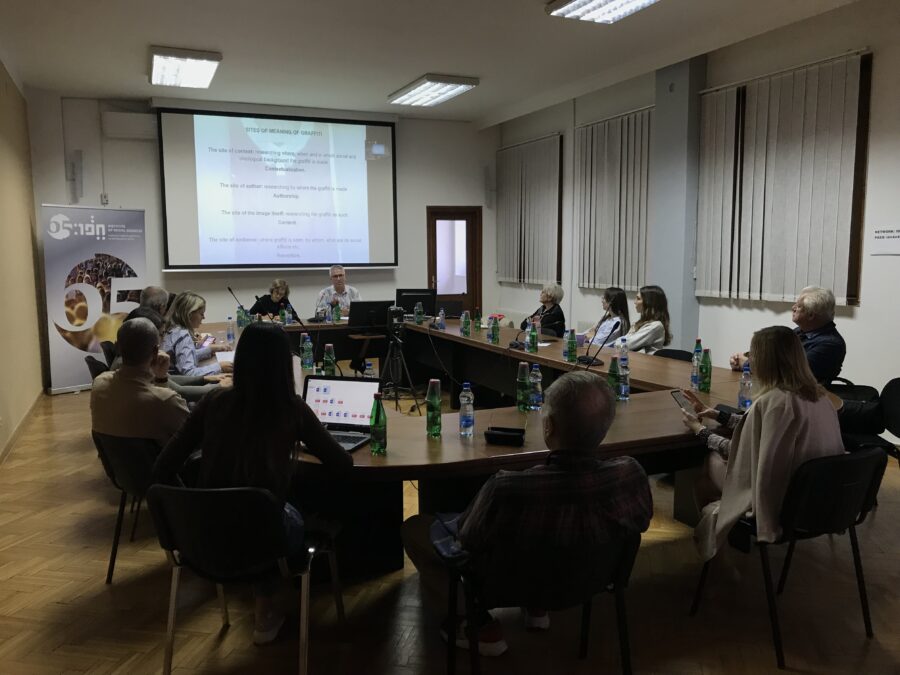How are past times, rejected for the sake of democratic progress, reflected in graffiti and how Yugoslavia is being reconstructed in street art, thirty-three years after its end, and how, where and why Yugoslavia is (de)constructed, praised and (or) rejected in this specific urban subculture was the theme of the November tea party.
In his lecture “Yugoslavia after Yugoslavia – Graffiti about Yugoslavia in the post-Yugoslav urban space“, Mitja Velikonja, professor of cultural studies at the Faculty of Social Sciences of the University of Ljubljana, first explained the basic aspects by which graffiti are analyzed, and then focused on those related to Yugoslavia. Velikonja divided the several hundreds graffiti he found into three categories: pro-Yugoslav, anti-Yugoslav, and those in which there is a confrontation between the former and the latter (eng. graffiti battles). At the level of connotation, he highlighted three main ideological antagonisms: socialist federalism against nationalism, Tito against his opponents, and anti-fascism against fascism.
Pointing out that graffiti can simultaneously be a provocation and criticism, affirmation and continuity, serve to mark territory, constant antagonism and as a semiotic guerilla, Velikonja concluded that the analysis of graffiti tells us that there is still no reconciliation between those who supported and those who were against the common state. The graffiti also have a dominant nostalgic touch, which, however, according to Velikonja, does not underlines what was good in the past, but instead expresses dissatisfaction with the current state of affairs and political leaders. Finally, and related to this, graffiti about Yugoslavia undoubtedly represent a criticism of the current situation, the prevailing poverty and peripheralization in the newly created states.
The lecture took place on 30 October, 2024 as part of the cycle Regional tea party “Yugoslavia”, organized by the Academic Network for Cooperation in Southeast Europe in collaboration with the Institute of Social Sciences.

